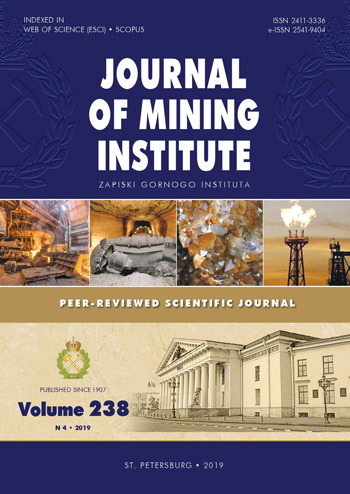Calculation of Oil-saturated Sand Soils’ Heat Conductivity
- 1 — Wroclaw University of Environmental and Life Sciences
- 2 — Saint-Petersburg Mining University
- 3 — Saint-Petersburg Mining University
Abstract
Nowadays, there are significant heavy high-viscosity oil reserves in the Russian Federation with oil recovery coefficient not higher than 0.25-0.29 even with applying modern and efficient methods of oil fields development. Thermal methods are the most promising out of the existing ways of development, main disadvantage of which is large material costs, leading to the significant rise in the cost of extracted oil. Thus, creating more efficient thermal methods and improving the existing ones, is the task of great importance in oil production. One of the promising trends in enhancing thermal methods of oil recovery is the development of bottomhole electric steam generators. Compared to the traditional methods of thermal-steam formation treatment, which involve steam injection from surface, well electrothermal devices can reduce energy losses and improve the quality of steam injected into the formation. For successful and efficient organization of oil production and rational development of high-viscosity oil fields using well electrothermal equipment, it is necessary to take into account the pattern of heat propagation, both in the reservoir and in the surrounding space, including the top and bottom. One of the main values characterizing this process is the heat conductivity λ of oil-bearing rocks. The article describes composition of typical oil-saturated sand soils, presents studies of heat and mass transfer in oil-saturated soils, reveals the effect of various parameters on the heat conductivity of a heterogeneous system, proposes a method for calculating the heat conductivity of oil-bearing soils by sequential reduction of a multicomponent system to a two-component system and proves the validity of the proposed approach by comparing acquired calculated dependencies and experimental data.
